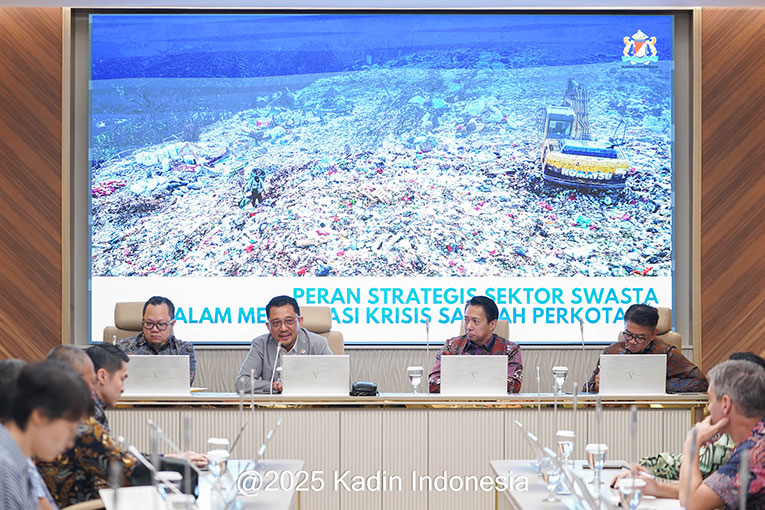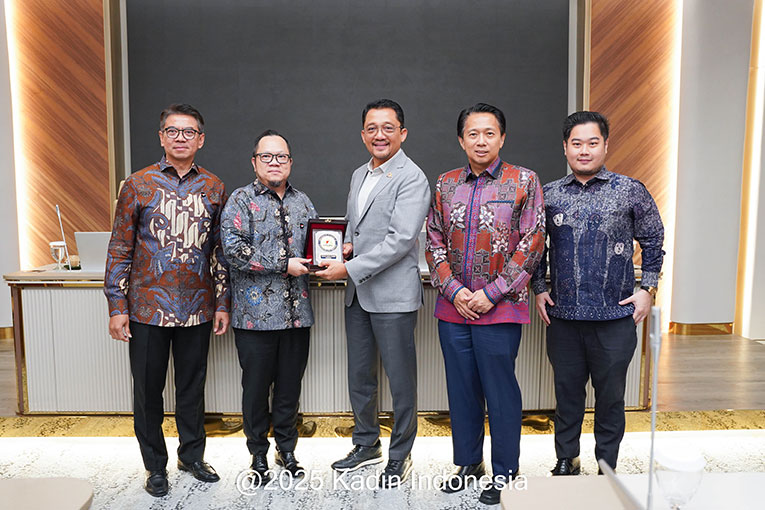
October 6, 2025
On 30 September 2025, Danantara and the Indonesian Chamber of Commerce and Industry (KADIN Indonesia) co-hosted the Waste-to-Energy (WtE) Socialization Power Lunch at Wisma Danantara, Jakarta, to drive collaboration and investment toward Indonesia’s waste-to-energy transition.
Indonesia generates over 35 million tons of waste annually, with 61% remaining unmanaged, posing challenges to public health, flooding, and emissions. With the government targeting 23% renewable energy by 2025, WtE offers a dual solution: reducing waste while producing clean, reliable energy.
The event gathered policymakers, investors, and business leaders to clarify project mechanisms, financing structures, and opportunities for private sector engagement ahead of upcoming WtE groundbreakings.
In his opening remarks, Dharsono Hartono, Vice Chair for Environment at KADIN Indonesia and Chairman of KADIN Net Zero Hub, outlined three key priorities: blended financing and risk-sharing, technology adaptation to Indonesia’s high-organic waste profile, and community trust and benefit-sharing to ensure social acceptance and sustainability.
Real insight was presented by Bobby Gafur Umar, Coordinating Vice Chair for Investment, Industry, and Energy at KADIN and CEO of Maharaksa Biru Energi, through the real-world study case of Jakarta Barat and Tangerang Selatan WtE projects. He highlighted how bankable revenue models such as PLN’s 30-year take-or-pay agreements can unlock investment and accelerate implementation.
Both speakers emphasized that scaling WtE nationwide will require strong alignment between policy frameworks, local readiness, and execution capacity—bridging capital, technology, and communities.

As Indonesia advances toward its Net Zero 2060 ambition, Danantara and KADIN Indonesia reaffirm their commitment to making Waste-to-Energy a pillar of sustainable growth and circular economy transformation. The initiative underscores the vital role of public–private collaboration, where government leadership, private sector innovation, and community engagement come together to turn national sustainability goals into real, bankable projects that benefit both people and the planet.